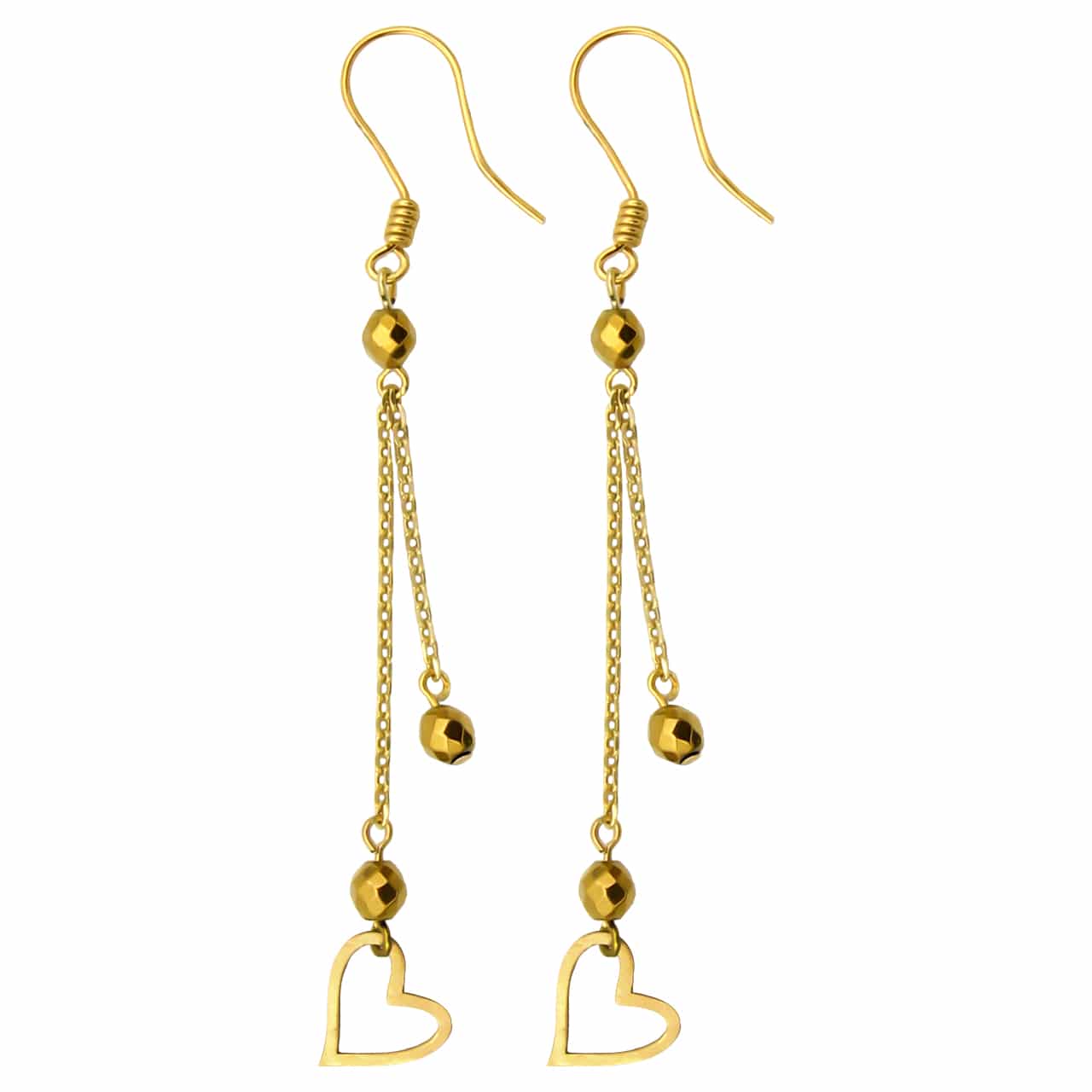In the evolving landscape of interactive gaming, symbol locks represent a transformative design philosophy—strategic tools engineered to amplify rewards through intentional structure. These locks turn random chance into controlled, multiplicative outcomes by embedding intentional patterns into gameplay. Nowhere is this more vividly illustrated than in the modern slot “Le Pharaoh,” where green clovers function not just as symbols, but as dynamic mechanisms that exponentially increase payouts.
The Evolution of Symbol Locks in Win Dynamics
At their core, symbol locks are deliberate systems that convert passive symbols into active reward accelerators. Unlike traditional slot mechanics relying on fixed odds, symbol locks create adaptive pathways where specific configurations—like adjacent clover-activated green tokens—trigger cascading bonus multipliers. This shift transforms win outcomes from unpredictable flips into strategic levers, where player actions directly influence reward magnitude.
“Symbol locks redefine randomness by embedding intention into chance.” — Game Design Research Institute
Le Pharaoh exemplifies this paradigm: green clovers, when aligned, don’t just appear—they *activate* a chain reaction. Each adjacent clover increases coin cluster growth from a modest 2x to a staggering 20x, illustrating exponential scaling rooted in spatial logic and design precision. This mechanism turns every spin into a calculated opportunity, where foresight and placement unlock exponential gains.
The Pot of Gold: Unity Through Symbolic Consolidation
At the heart of Le Pharaoh lies the Pot of Gold—a symbolic endpoint that aggregates dispersed gains into a single, high-value prize. This convergence reflects a deeper principle: symbol locks don’t merely amplify; they consolidate scattered value. Players don’t just hit wins—they *unify* them, turning fragmented rewards into a singular, powerful culmination.
| Aspect | Traditional Slots | Symbol Locks (Le Pharaoh) |
|---|---|---|
| Payout Model | Exponential, multi-stage | Non-linear, lock-based progression |
| Risk Reward | Controlled variance through strategic placement | Player-driven intensity selection |
This consolidation reinforces an essential insight: symbols embedded in locks act as both amplifiers and curators, shaping outcomes rather than merely reacting to them.
Bonus Mode Selection: Luck of the Pharaoh vs. Lost Treasures
Le Pharaoh’s dual bonus mode system emerges directly from symbol lock configurations, offering players a strategic choice between high-variance, high-reward paths and steady, patient accumulation. “Luck of the Pharaoh” activates rare clover clusters for massive multipliers, while “Lost Treasures” rewards slower, methodical play through consistent gains.
- The “Luck of the Pharaoh” mode favors rare symbol alignments—like triple green clovers—triggering sudden, significant payouts.
- “Lost Treasures” rewards disciplined placement, where proximity and alignment build value gradually over time.
- This choice architecture demonstrates how symbol locks enable adaptive playstyles, letting players match their risk preference with game mechanics.
This architectural flexibility positions symbol locks not just as lucky triggers, but as intelligent systems that reward foresight and intention.
Beyond Le Pharaoh: Symbol Locks as a Revolutionary Win Paradigm
Le Pharaoh is not an isolated case—it embodies a broader revolution in win design. Traditional slots offer linear, predictable payouts, but symbol locks introduce nonlinear growth, where rewards emerge not from luck alone, but from strategic symbol placement and timing. This paradigm aligns with game theory principles, embedding reward intelligence directly into the game system rather than relying solely on random chance.
At its core, symbol locks transform games from passive experiences into active cognitive challenges. Players become architects of their luck, guided by pattern recognition and spatial logic to unlock hidden value.
Deep Dive: Unseen Strategic Layers of Symbol Locks
Beyond visible mechanics, symbol locks operate on subtle, data-driven principles that shape winning outcomes:
- Temporal Dynamics: The timing of symbol activation directly affects final payout—early or clustered activations yield exponential gains, while delayed placements dampen multiplier potential.
- Cluster Geometry: Proximity and alignment determine locking efficiency—closer, aligned clovers maximize energy transfer, creating stronger cascades.
- Player Cognition: Visual pattern recognition allows skilled players to anticipate optimal placements, accelerating strategic decision-making.
- System Design Insight: Symbol locks embed intelligence into game systems, turning randomness into predictable, strategic growth paths.
These layers reveal how symbol locks are not just game features—they are intelligent reward engines that elevate player agency and deepen engagement.
As demonstrated by Le Pharaoh, symbol locks redefine what it means to win: chance becomes choice, randomness becomes reward intelligence. This evolution invites players to rethink how design shapes opportunity—and how intention shapes fortune.
Explore Le Pharaoh slot: a new favorite?
In an era where player engagement hinges on meaningful interaction, symbol locks represent a pivotal innovation—bridging game theory, psychology, and chance into a single, compelling experience. Le Pharaoh stands as a shining example of how intentional design transforms fleeting moments into strategic triumphs.






